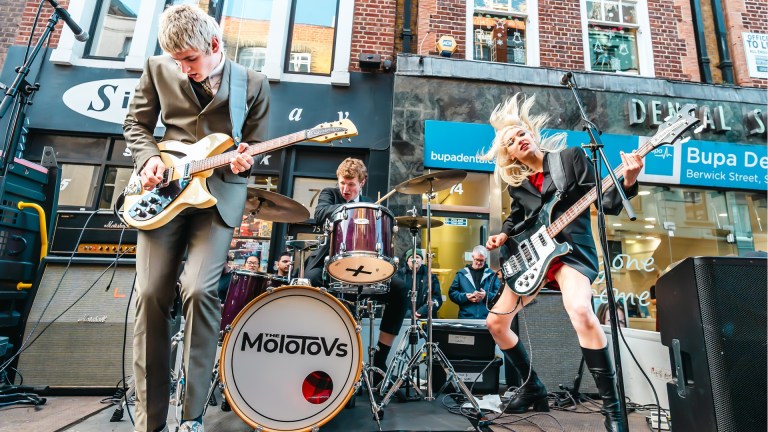In a world where anyone with a camera and WiFi can reach millions, one of the most notable by-products of YouTube’s rise to a 1.8 billion strong community has been the ‘reaction video’. Spearheaded by channels like The Fine Brothers, what began as an intriguing social media anomaly that pitted elders against Grand Theft Auto, or exposed kids to antiquated technology, has developed into a career in itself for enterprising creators and journalists.
Retooled from a novelty and into an informal brand of cultural critique, the ‘music reaction video’ in particular has seen exponential growth in recent years, enabling early adopters such as ‘Zias!’ to amass over 370 million views since his inaugural upload in September 2016.
Built around capturing that first encounter with new material, this content often rivals the views of the music itself and can command a subscriber base that eclipses the reach of many longstanding media institutions. As countless admired, yet financially unsuccessful, music sites shut down, music reaction videos are producing the number of hits professional, traditional blogs could only dream of.
The commonality lies in the fact that none of them have any formal training in media reviewing, and yet they have inadvertently became sought-after voices in music discussion.
Immediate by their nature, there has been a desire to quantify the reach of these videos as a simple case of strategic thumbnails or mirror neurons fostering familiarity, but this falls short of explaining why creators have kept audiences coming back. Even well-established traditional online news outlets have tested the waters in this new-age review form, releasing their own viral versions – BuzzFeed being the most prominent here.
In the view of Brian ‘Z’ Zisook, editor-in-chief of hip-hop authority DJ Booth, the appeal is the product of a wider cultural shift and it is here to stay.








